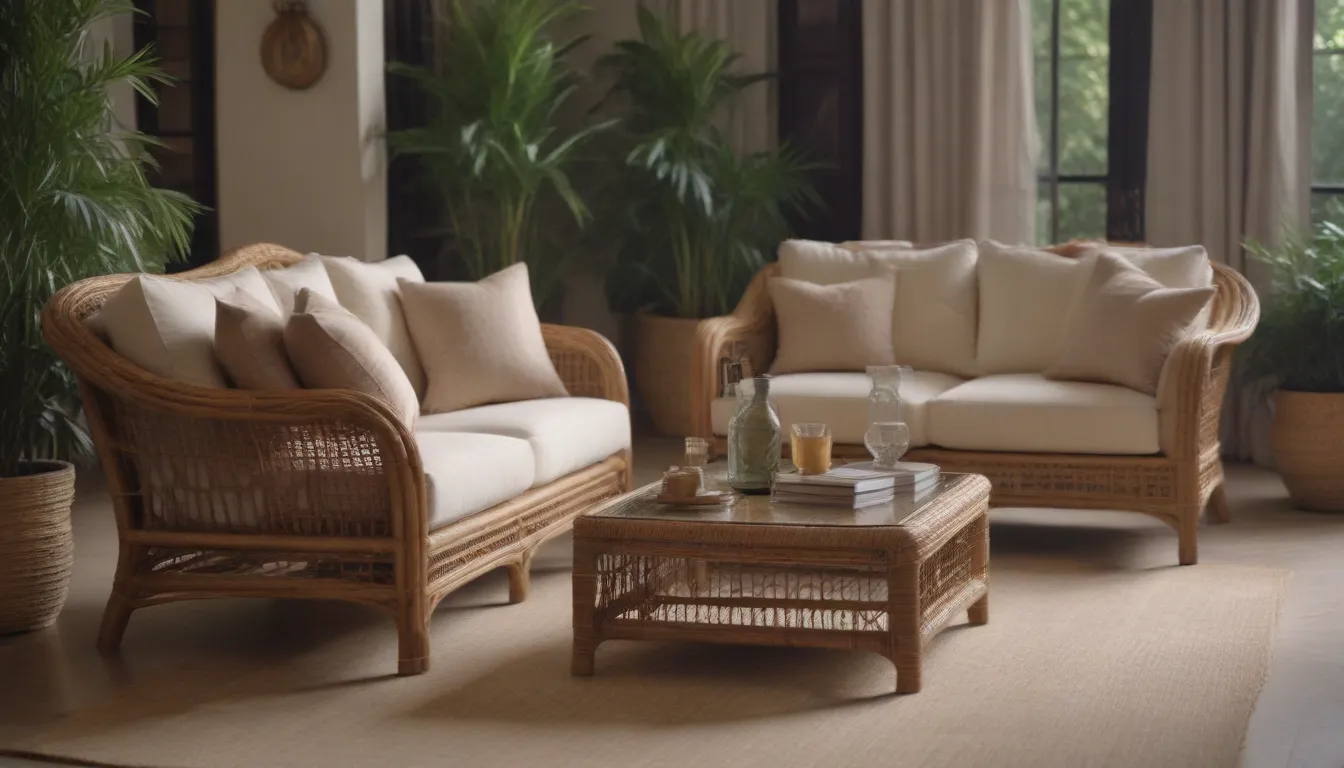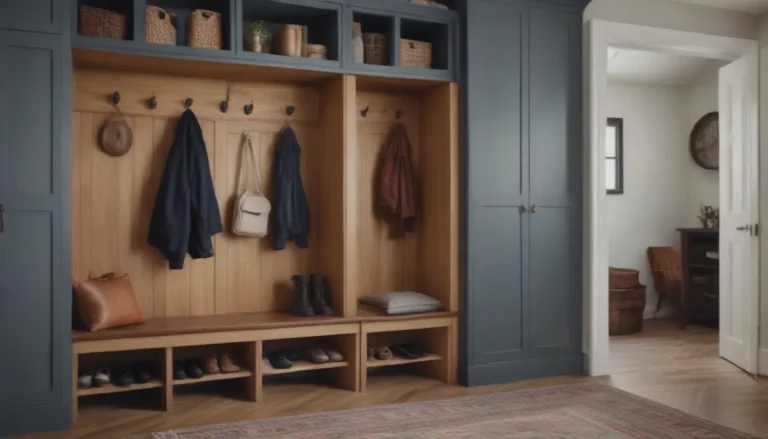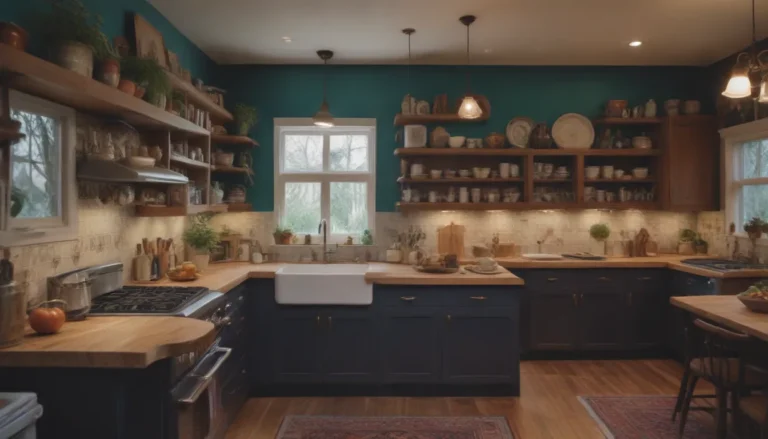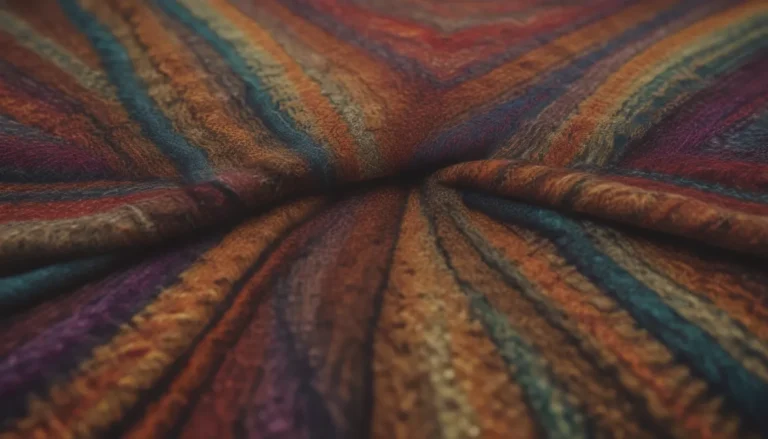The Versatility of Rattan Furniture: A Complete Guide

If you’re someone who loves furniture that exudes a tropical vibe, then you must be familiar with rattan. But what exactly is rattan, and why is it such a popular choice for furniture makers around the world? Let’s delve deeper into the world of rattan and explore its many attributes and uses.
Rattan: A Natural Wonder
Rattan is not to be confused with wicker or bamboo. It is a type of climbing or trailing vine-like palm that is native to tropical regions in Asia, Africa, and Australia. Its solid stems can vary from 1 to 2 inches wide, with vines that can grow as long as 500 feet. When harvested, rattan is cut into 13-foot lengths, dried in the sun, and stored for seasoning. The long rattan poles are then straightened, graded by diameter and quality, and shipped to furniture manufacturers.
Why Rattan Stands Out
Rattan’s versatility and strength have made it a favorite material for furniture making. Its ability to be bent and curved allows for the creation of unique and aesthetically pleasing designs. The light, golden color of rattan adds a touch of warmth to any space and instantly creates a tropical ambiance. Moreover, rattan is lightweight, durable, and almost impervious, making it easy to move and resistant to extreme conditions of humidity and temperature. Its natural resistance to insects is an added bonus, making it a practical choice for both indoor and outdoor furniture.
The Many Uses of Rattan
Rattan finds its way into a wide range of products, from chairs and tables to baskets, sporting goods, and even birdcages. Its versatility and durability make it a popular choice for various applications, both functional and decorative.
Rattan vs. Bamboo: What Sets Them Apart
While rattan and bamboo may look similar, they come from different plants or species. Bamboo, a hollow grass with horizontal growth ridges along its stems, was predominantly used in furniture making in the late 19th and early 20th centuries. However, rattan’s smoothness and added strength led to its incorporation in bamboo furniture. Rattan’s durability and versatility make it a preferred choice for furniture that requires more strength.
Rattan vs. Cane: Understanding the Differences
Rattan cane refers to the outer bark of the rattan plant, known for its durability and less porous nature compared to standard rattan. Woven rattan pieces that require less strength, such as lightweight baskets and chair backs, are often made using rattan cane. On the other hand, furniture pieces that need more strength are typically crafted from regular rattan. Rattan cane is also ideal for environments with high humidity, as it requires less treatment and is more resistant to damp conditions.
The Truth About Wicker
Contrary to popular belief, wicker is not a material but a weaving process. Wicker furniture can be made from a variety of materials, including rattan, bamboo, reed, water hyacinth, and willow. Each material imparts its unique characteristics to the finished wicker piece, adding to its aesthetic appeal and functionality.
Sustainable Sourcing of Rattan
With the increasing demand for rattan furniture, it is crucial to ensure sustainable sourcing practices to preserve the natural habitat of rattan plants. Indonesia and a district of Borneo are the primary regions that produce rattan certified by the Forest Stewardship Council (FSC). By encouraging local manufacturing of rattan furniture and promoting forest conservation, these regions aim to protect the environment and support local communities.
As mentioned by the World Wildlife Fund, rattan plays a vital role in keeping forests standing in Borneo. Communities can benefit from the sustainable harvesting of rattan, providing them with an incentive to conserve and restore forested lands. When purchasing rattan furniture, opt for pieces that are tightly woven, with strong joints and no cracks, ensuring their longevity and durability.
In conclusion, rattan furniture is not just a stylish choice for your home; it is also a sustainable and eco-friendly option that supports forest conservation efforts. By understanding the unique qualities of rattan and how it differs from other materials like bamboo and cane, you can make informed decisions when selecting furniture pieces for your indoor and outdoor spaces. Embrace the tropical charm of rattan and transform your living spaces into inviting retreats that reflect your love for nature and sustainability.





